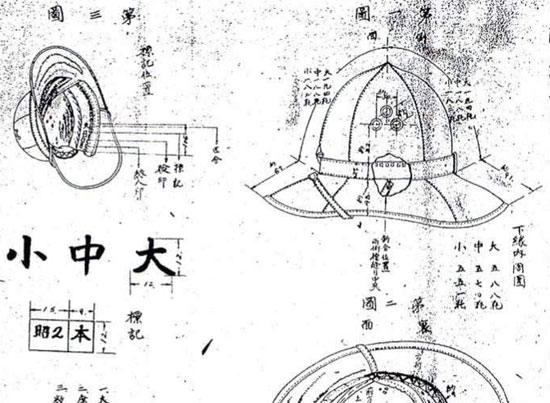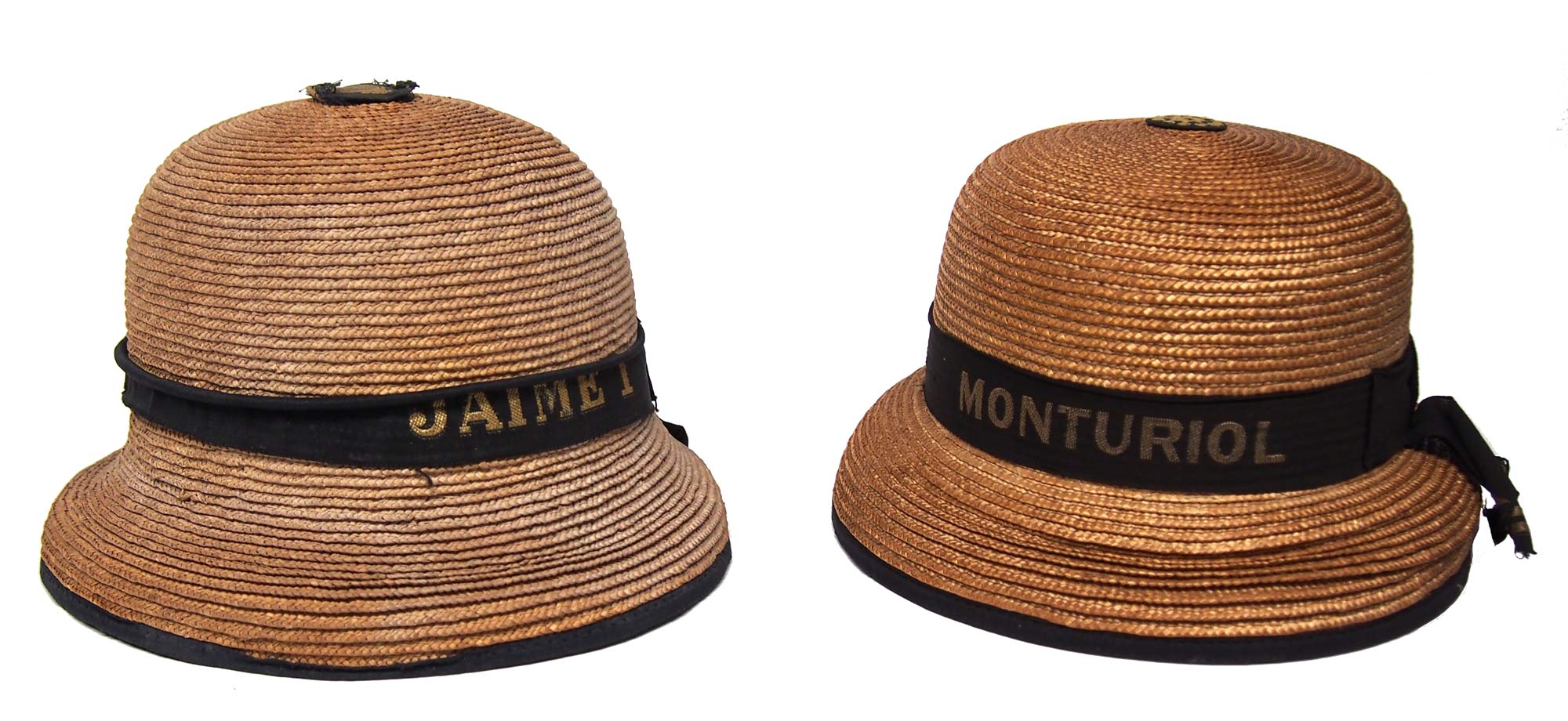 Despite the Spanish defeat during the Spanish-American War, which cost the nation its colonies in Cuba, Puerto Rico and the Philippines the nation continued to maintain a modern army. During the 19th century the Spanish military had worn French-made sun helmets that were in essence copies of the 1886 pattern – but the Spanish also used British made helmets throughout its empire. After the Spanish-American War the Spanish even adopted a helmet that was a copy of the Wolseley pattern.
Despite the Spanish defeat during the Spanish-American War, which cost the nation its colonies in Cuba, Puerto Rico and the Philippines the nation continued to maintain a modern army. During the 19th century the Spanish military had worn French-made sun helmets that were in essence copies of the 1886 pattern – but the Spanish also used British made helmets throughout its empire. After the Spanish-American War the Spanish even adopted a helmet that was a copy of the Wolseley pattern.
Category Archives: Straw
The Proto-Sun Hats of the Far East
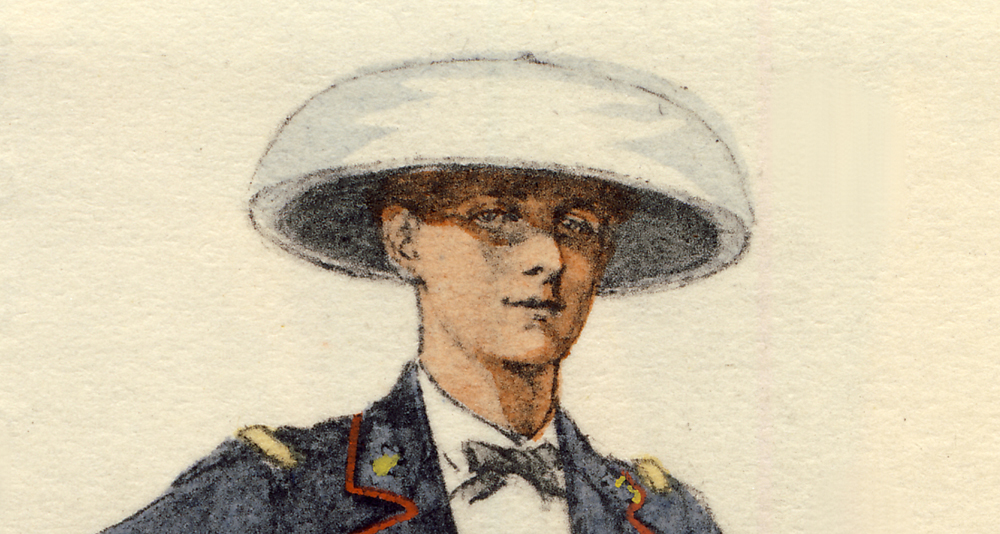
It is a hat or form of headgear known by many names. It is known as a “salakot” in the Philippines, the “salacco” in Southeast Asia, and at times even described as the “Planters Hat” in British India. It is a type of a Asian “conical hat,” which we have written about in detail in the past, but its history in use by the colonial masters of Asia has largely been overshadowed by the sun/pith helmet. Continue reading
The French-Vietnamese Leaf Hat
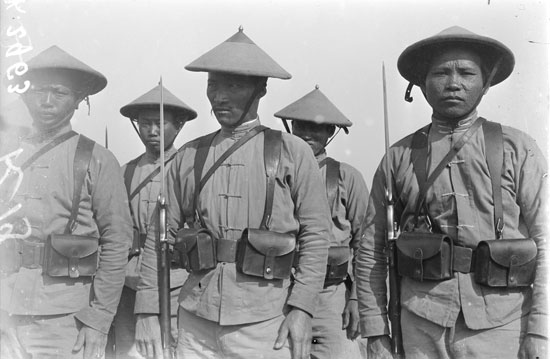
As previously noted the conical hat – known as the “nón lá” or leaf hat – was in fact widely used in the Vietnam and neighboring regions throughout the 19th century by farmers and soldiers (including bandits) alike.
What is unique about the Vietnamese nón lá is that it has its own origin, based on a legend to the growing of rice in the region. This tells of a giant woman from the sky who protected humanity from a deluge of rain, and she wore a hat made of four round shaped leaves to protect her from the rain – and that inspired farmers to stitch together their own style of helmet. This has evolved over the centuries and various styles have become common in the different parts of Vietnam. Continue reading
Imperial Chinese Army Wicker Hat/Helmet
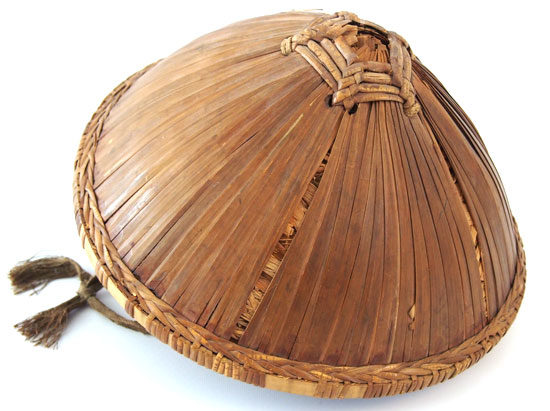
We’ve previously covered the origins and evolution of the conical hats of Asia – noting that these were used in China, Japan, Vietnam and even the Philippines. In past articles we’ve also explored how these were used by colonial military forces, including the Hong Kong Police under British rule.
One other important use of these wicker/straw hats/helmets was during the Qing Dynasty in the 19th century and even early 20th century when these were used in its Imperial Army. These were the de facto headdress for the Imperial Chinese Army Infantry until it took on a more western influenced appearance. Continue reading
The Evolution of the Japanese Imperial Army Sun Helmet: Part IV -1939-41
This is a special study of Japanese tropical helmets by Nick Komiya, and is presented in four parts.
1939 March, Design Patent Granted for the Type 98 Sun Helmet Liner System
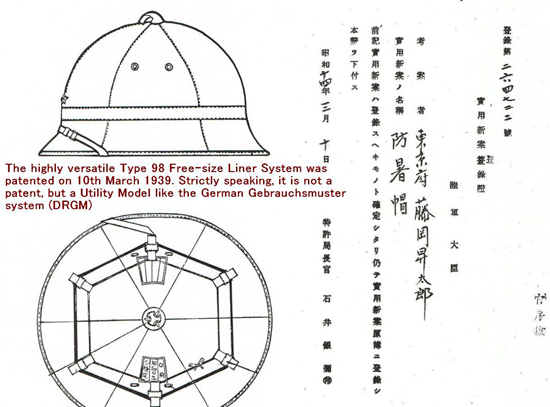
On 10th March 1939, the Patent Office Granted Utility Model Number 264722 to a Shotaro Fujioka of Tokyo for his invention of the flexible liner size adjustment system he developed for the Army’s Type 98 Sun Helmet. Fujioka was an employee of the Army’s Main Clothing Depot. The Army had applied for this on 2nd April 1937, just before sending the prototypes out for testing in Taiwan. Similar to a patent, but simpler to obtain, it is the same as the German Gebrauchsmuster system (when items are marked DRGM). Continue reading
The Evolution of the Japanese Imperial Army Sun Helmet: Part III -1930-39
This is a special study of Japanese tropical helmets by Nick Komiya, and is presented in four parts.
1930 May, Launch of the Second Model Sun Helmet Showa 5 Type (昭五式)
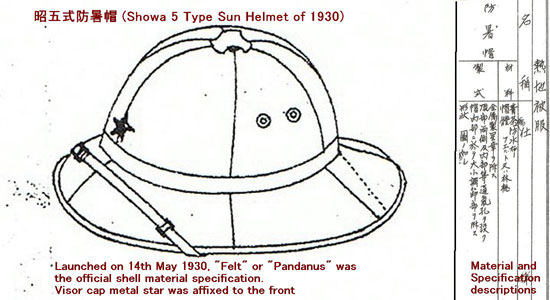
7 years after the introduction of the IJA’s first sun helmet, a revamp of design was signed off by Emperor Hirohito on 14th May 1930. A whole new range of items got launched at the same time like new canteens, back packs, bread bags and the army jacket now got a vertical seam in the back to rationalize production efficiency.
The external appearance of the sun helmet did not change hugely, but instead of having a third vent grommet on each side, a top vent with cover was revived. Continue reading
The Evolution of the Japanese Imperial Army Sun Helmet: Part II – 1921-30
This is a special study of Japanese tropical helmets by Nick Komiya, and is presented in four parts.
1921 Sun helmet Prototype testing
300 Sun Helmet Prototypes were produced for the test, of which 100 had “felt shells”, 150 had “woven Panama hat shells” and 50 had “Gourd Sponge shells (also tested in helmet covers later in 1934)”. These were benchmarked against the standard army visor cap and also against the captured German Sun Helmet. Continue reading

